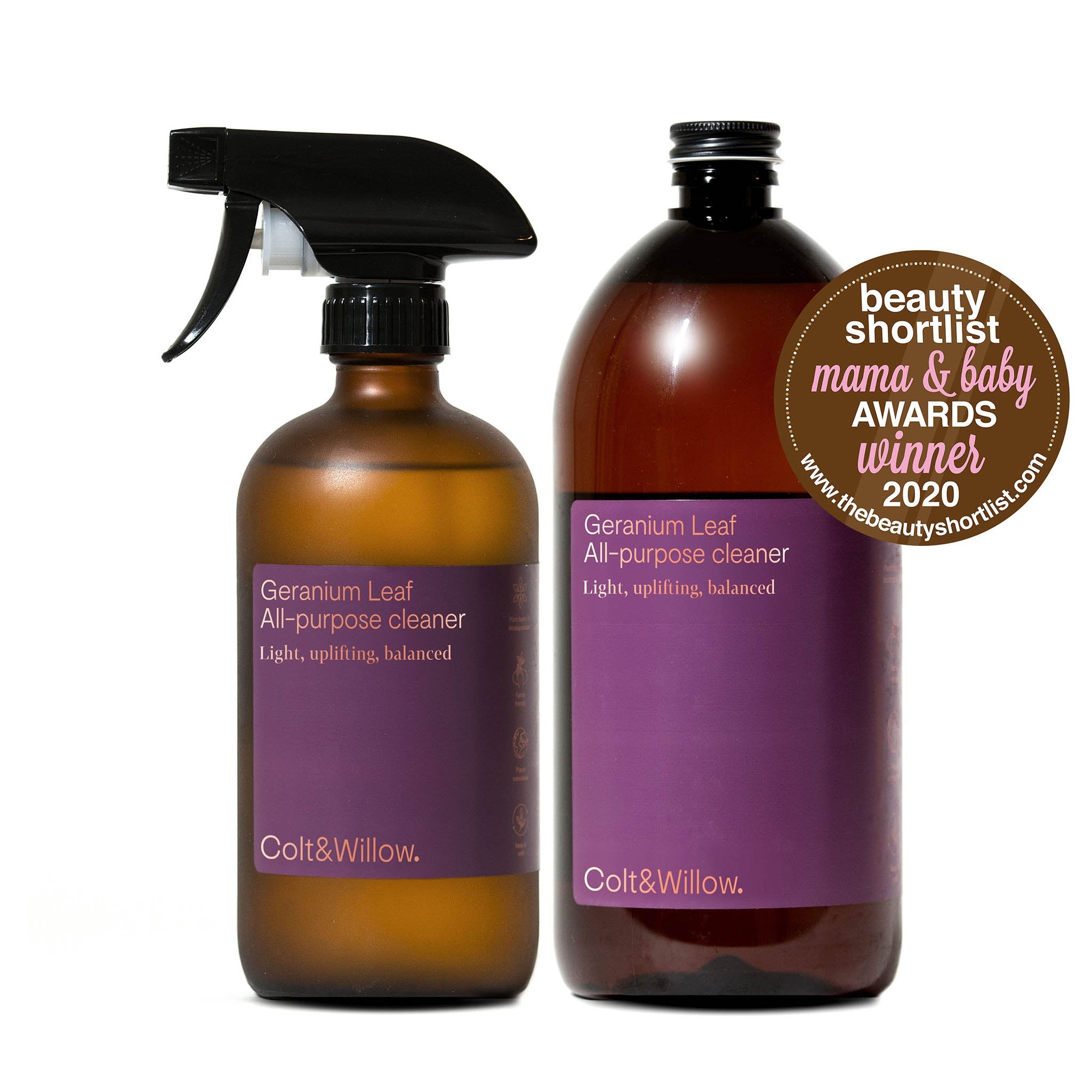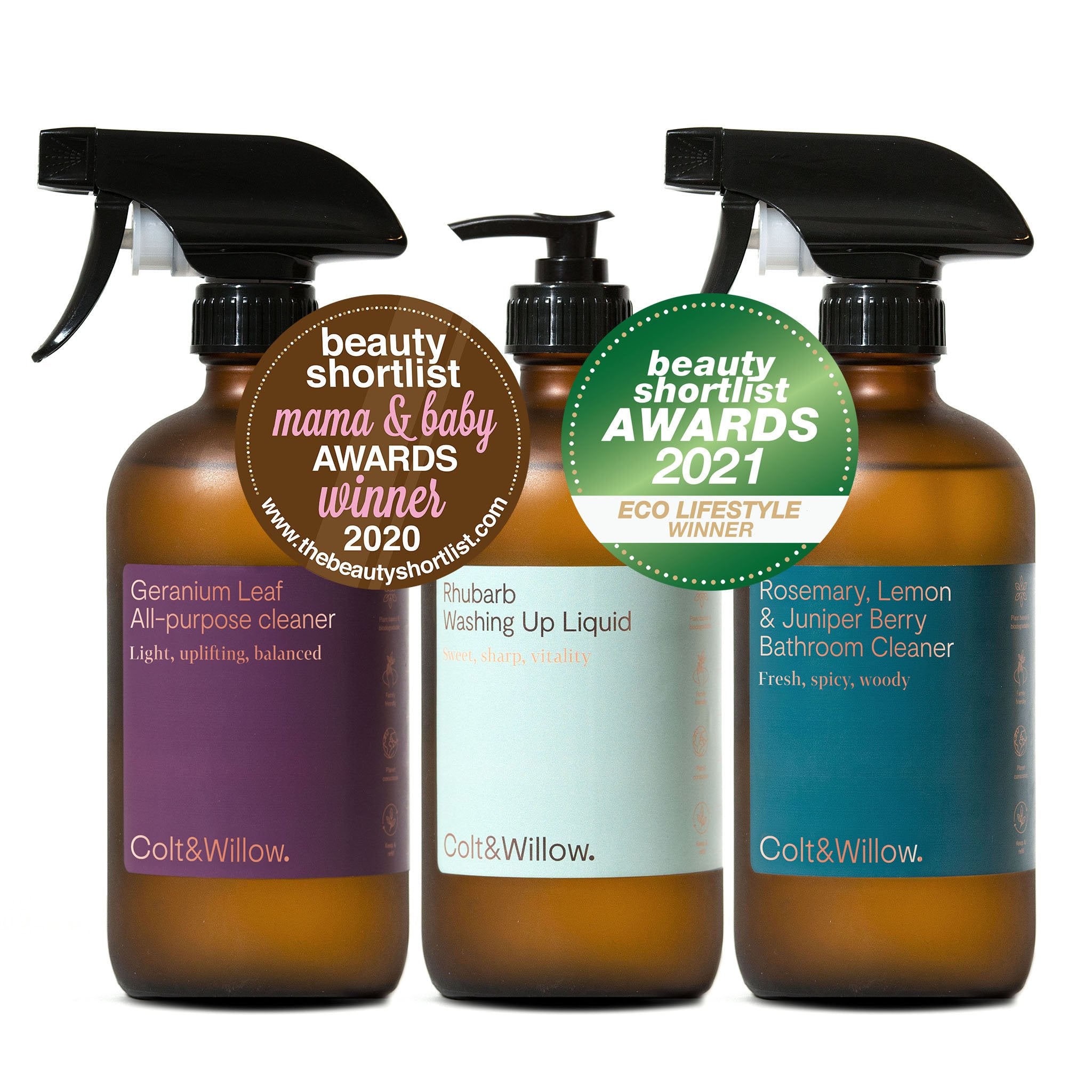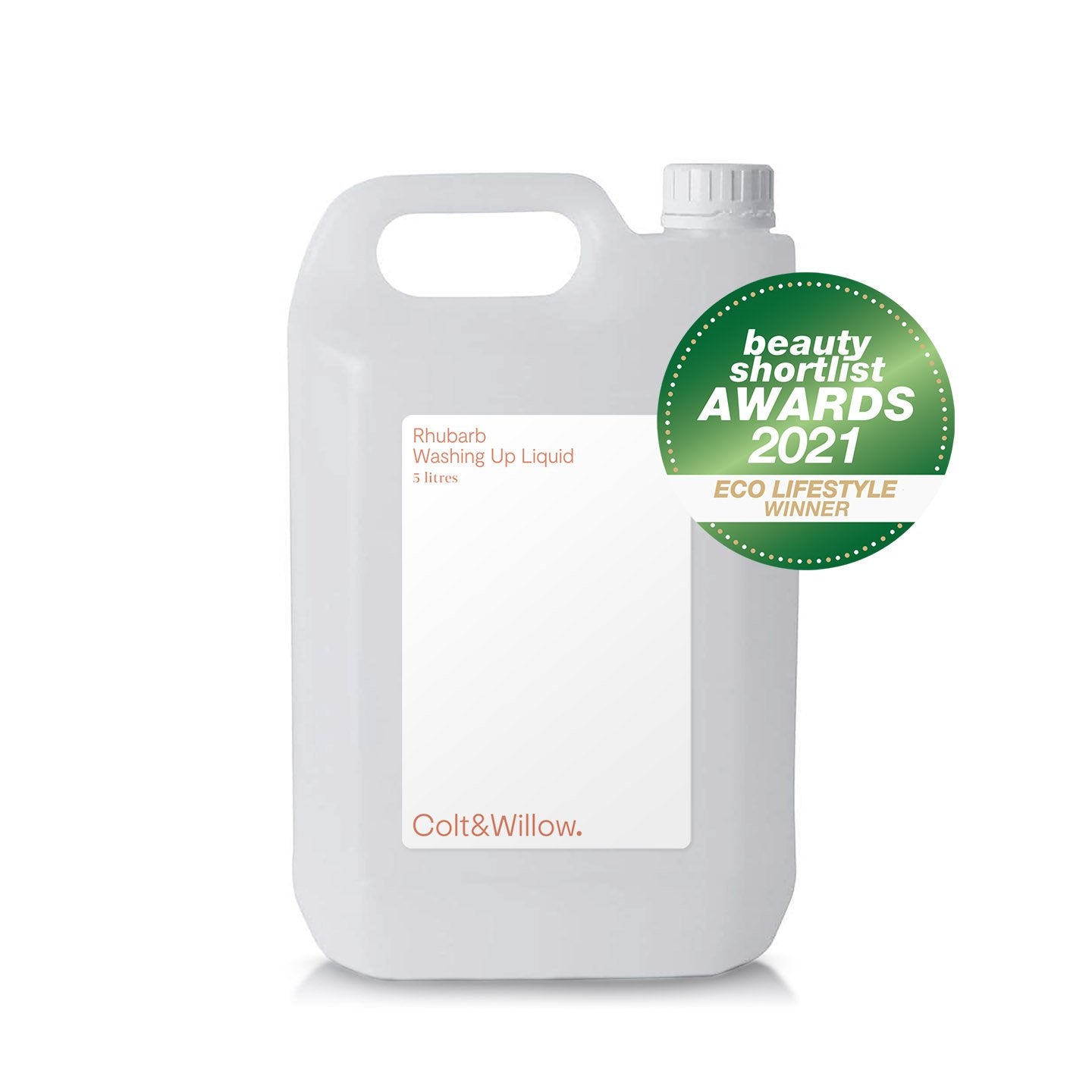There are some gross fun facts that we’d just rather not know. When it comes to hygiene, however, the better informed you are, the better able you are to keep your family, pets and guests safe.
We know we need to keep our bathrooms and kitchens spick and span, but when was the last time you cleaned your phone? What about your rings, or your earphones? These are items you’re using all day, every day, and yet cleaning them rarely crosses our mind.
Read on for 4 shudder-inducing facts about hygiene — we just don’t recommend whipping them out at your next dinner party…
1. Your mobile phone carries 10 times more bacteria than a toilet seat
If you’re reading this article on your phone, sorry! It’s not the most pleasant of facts, but you’ll hopefully be inspired to give your mobile a wipe-down a little more frequently. Think about it — how many times a day do you use your phone? It goes from your pocket to your desk to the bottom of your bag — and once it rings, you’re holding it right up to your face! According to recent studies, your phone holds as many as 17,000 bacterial gene copies, 10 times more than you’d usually find on a toilet seat.
How to clean your mobile phone

It’s worth noting that not all bacteria are harmful. Even so, the best thing to do to keep yourself safe from any nasties is to clean your phone on a regular basis — experts suggest a couple of times a month. Start by turning off your phone, and then give it a rub down with a microfibre cloth that’s been spritzed with antibacterial spray. Never spray cleaning products directly onto your phone — you could end up damaging it!
2. Germs from flushing the toilet can travel up to 2 metres
It might not be immediately obvious, but when you flush the toilet, you could be spreading germs up to 6 feet away. When you hit ‘flush’, an almost imperceptible mist is sprayed into the room — and this can be even worse in public toilets, where automatic hand dries can spread germs and bacteria even further. Luckily, this one’s a simple fix: just shut the toilet lid before you flush, and make sure you’re regularly cleaning the toilet as part of your wider bathroom deep-cleaning sessions.
How to clean your toilet

Begin by soaking the bowl with a bathroom cleaning product, and allow it to sit for a few minutes. While you wait, you can spray the exterior of the toilet and scrub lightly with a sponge. Next, use a toilet brush to scrub the bowl thoroughly. Don’t forget to clean the brush itself by following our top tips in this article.
3. Sponges are often the dirtiest part of the kitchen
It’s ironic, isn’t it? The very item we use to clean our kitchens is home to high levels of bacteria. Sponges provide perfect conditions in which bacteria can thrive: they’re often left soaking, covered in left-over food, and in moist, warm environments. The same goes for tea towels — they’re often used for a number of different tasks, from drying hands to drying pans. Kitchen sponges are the worst culprits, however, and according to some studies hold the most bacteria out of any spot in our home.
How to clean your sponge

It’s important to replace your sponge once you’ve used it for an extended period of time, but in the interests of conscious consumerism, consider using other, more hygienic methods of cleaning dishes. Dish brushes are a good option — and they’re much easier to clean, meaning they last longer and are better for the environment. In the meantime, clean your sponges by soaking them in a mixture of (boiling) hot water and washing up liquid. Make sure you squeeze them thoroughly (mind the hot water!) before leaving them to dry in a well-ventilated spot like a drying rack.
4. Your mattress contains up to 10 billion dust mites (!)
We think of our beds as cosy sanctuaries to rest in after a long day of work — somewhere we enjoy relaxing in, watching Netflix under a pile of blankets. You probably won’t love hearing that your mattress could contain up to 10 billion dust mites (yes, that’s billion with a ‘b’!). According to ehso.com, “House dust mites are microscopic bugs that primarily live on dead skin cells regularly shed from humans and their animal pets.” The dust mites aren’t harmful in and of themselves, but they can make allergies, eczema and asthma worse for sufferers. This is especially the case in colder months, when we keep our windows shut and air isn’t freely circulating through our homes.
How to clean your mattress

Luckily, this is a topic we’ve covered extensively, like in this article on how to deep-clean your bed. Hint: baking soda is your new best friend. Sprinkling this everyday household ingredient on your mattress will help absorb any odours or moisture in your mattress, ensuring it’s clean through-and-through. If you can, leave the baking soda to work its magic for 24 hours. You can also regularly vacuum your mattress to help get rid of any excess dust.
The good news is this: with the right products on hand, cleaning your home can actually be an enjoyable experience — one that’s proven to help reduce stress and improve mindfulness.
Don’t believe us? Grab some of our UK-made, beautifully scented cleaning products, and see how you feel once you’ve given your home a good scrubbing. Discover our range here.




